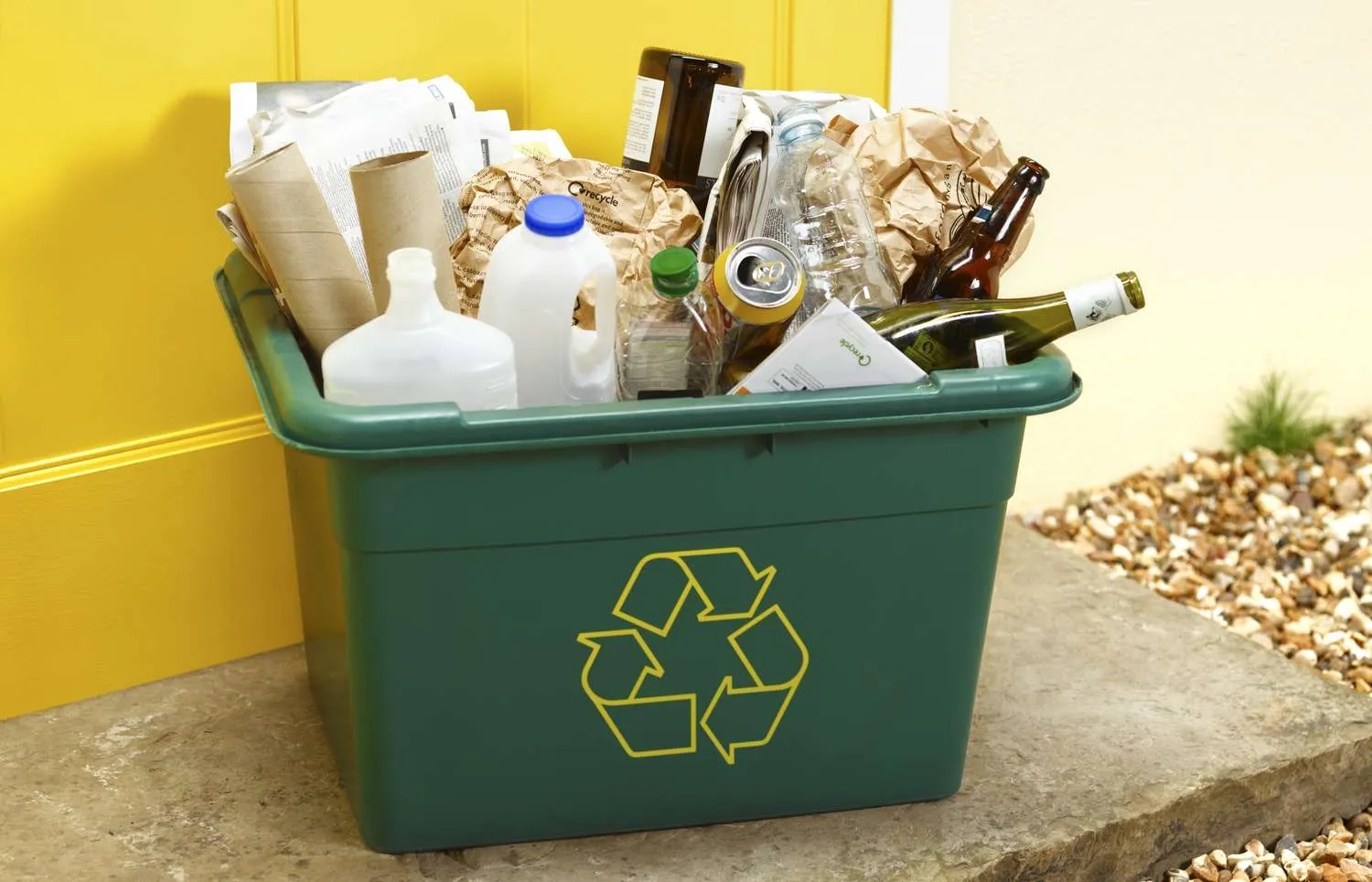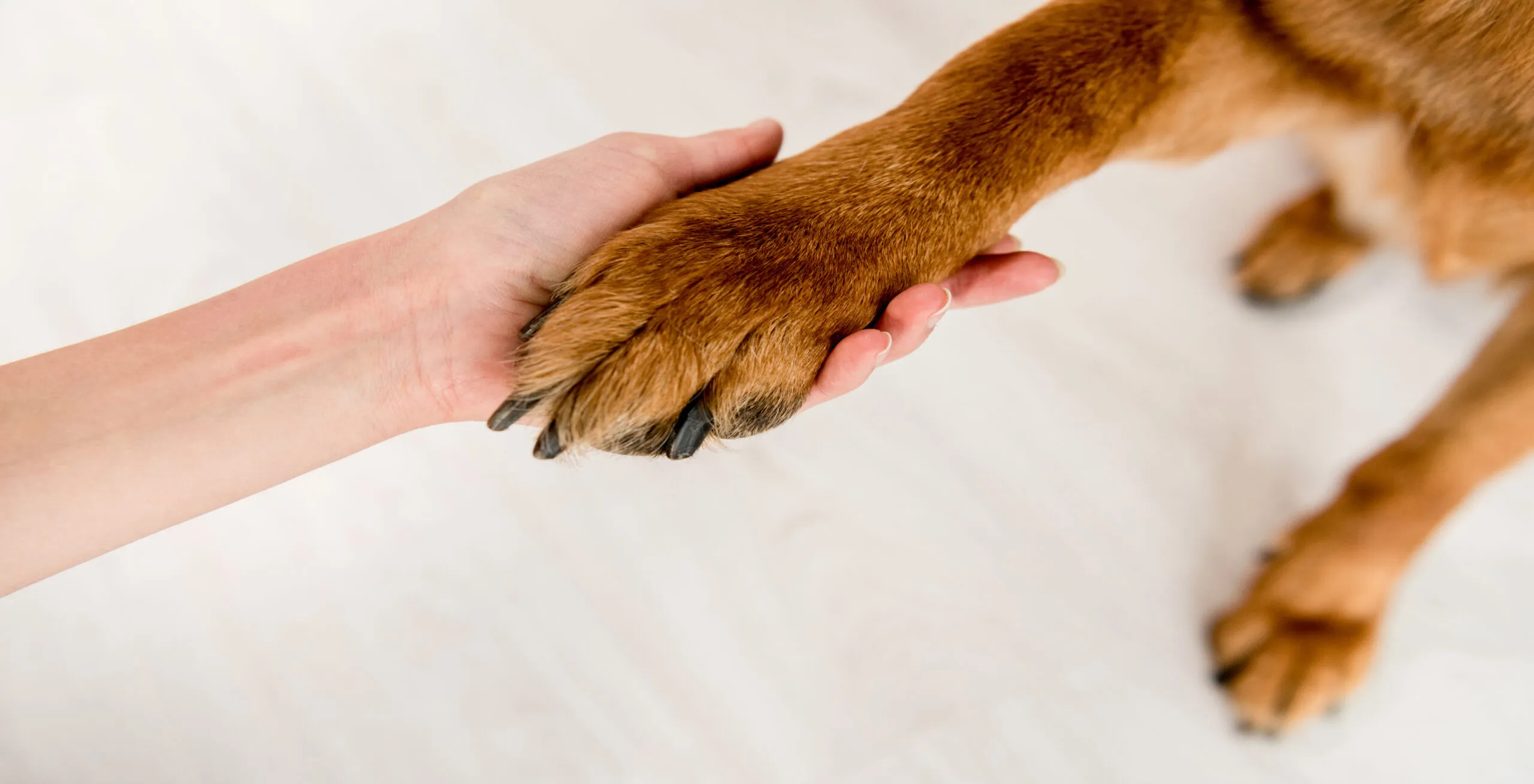Digital marketing serves as an essential tool in promoting the Pet quality of life scale explained. It connects pet owners with crucial resources and important information. By implementing targeted campaigns and engaging social media strategies, the significance of evaluating pet health and happiness is effectively highlighted. This approach not only informs but also fosters community engagement. As these initiatives evolve, the question arises: What deeper impacts could they have on the pet-owner relationship?
Key Takeaways
- Digital marketing enhances outreach, connecting pet owners with resources to evaluate and improve their pets’ quality of life effectively.
- Targeted campaigns raise awareness about the importance of pet quality of life scales, fostering responsible pet ownership through education.
- Engaging content on social media builds vibrant communities, encouraging pet owners to share experiences and insights about their pets’ well-being.
- Partnerships with veterinarians and welfare organizations lend credibility, promoting trust in the use of quality of life scales for pet health assessments.
- Analyzing engagement metrics allows for the measurement of digital marketing success, guiding future strategies to promote pet quality of life initiatives.
Understanding Pet Quality of Life Scales: A Comprehensive Overview
As pet owners increasingly seek to enhance their furry companions’ well-being, understanding pet quality of life scales becomes essential. These scales offer a structured method to evaluate a pet’s overall health and happiness, encompassing factors such as physical comfort, emotional state, and social interactions. By employing a pet quality of life scale, owners can make informed decisions regarding their pets’ care, ensuring that their needs are met and their quality of life is maximized. Furthermore, these scales foster a deeper bond between pets and owners, encouraging proactive engagement in their care. As awareness of these tools grows, pet owners can cultivate a supportive community, sharing insights and experiences that contribute to the collective goal of ensuring every pet thrives.

The Role of Digital Marketing in Raising Awareness
Digital marketing serves as a powerful catalyst in raising awareness about pet quality of life scales, effectively connecting pet owners with essential resources and information. Through targeted campaigns, social media platforms, and engaging content, digital marketing fosters a sense of community among pet owners who seek to improve their companions’ well-being. It enables the dissemination of crucial knowledge about evaluating pet health, thereby encouraging responsible pet ownership. By highlighting the importance of the pet quality of life scale explained, digital marketing empowers individuals to make informed decisions. This outreach not only educates but also cultivates a collective commitment to enhancing the quality of life for pets, reinforcing the bond between owners and their beloved animals in a shared journey of care and compassion.
Strategies for Effectively Promoting Pet Quality of Life Scales
Numerous strategies can be employed to effectively promote pet quality of life scales, ensuring that pet owners recognize their significance in enhancing animal welfare. One effective approach is the creation of informative content that explains the pet quality of life scale in accessible language. This could include articles, videos, and infographics that highlight its benefits and practical applications. Additionally, partnerships with veterinarians and animal welfare organizations can amplify credibility and reach. Hosting workshops or webinars can also foster community engagement, allowing pet owners to connect and share experiences. By utilizing testimonials from satisfied pet owners, the emotional resonance of the scales can be emphasized, creating a sense of belonging among pet lovers committed to improving their animals’ lives.
Engaging Pet Owners Through Social Media Campaigns
How can social media serve as a powerful tool for engaging pet owners and promoting their pets’ well-being? By leveraging platforms like Instagram and Facebook, marketers can create vibrant communities where pet owners connect and share experiences. Engaging content—such as heartwarming stories, educational posts on the pet quality of life scale explained, and interactive polls—fosters a sense of belonging among pet enthusiasts. Campaigns that encourage users to post their pet’s progress using quality of life scales can amplify awareness and participation. Additionally, visually appealing graphics and relatable hashtags can drive organic reach, forging deeper connections between brands and pet owners. Ultimately, effective social media campaigns cultivate a supportive environment that champions the well-being of pets, enriching the lives of both animals and their humans.
Measuring Success: Analyzing the Impact of Digital Marketing Efforts
What metrics can effectively gauge the success of digital marketing initiatives aimed at enhancing pet quality of life? To assess effectiveness, engagement rates on social media, website traffic, and conversion rates are pivotal. Tracking user interactions with pet quality of life scale content reveals the resonance of the message. Additionally, surveys and feedback from pet owners can illuminate their perceptions and the practical application of the scales, fostering a sense of community. Metrics such as increased subscriptions to newsletters and participation in online forums further demonstrate the initiative’s impact. Together, these indicators create a thorough picture of how digital marketing elevates awareness, encourages dialogue, and ultimately enhances pet quality of life scales, promoting a collective journey towards better pet care.
Frequently Asked Questions
How Can Pet Owners Implement Quality of Life Scales at Home?
Pet owners can implement quality of life scales at home by regularly evaluating their pets’ physical and emotional well-being, utilizing checklists, monitoring behavior changes, and engaging with veterinary resources to guarantee thorough evaluations and improvements.
Are There Specific Age Groups That Benefit More From These Scales?
Research suggests that older pets, particularly seniors, considerably benefit from quality of life scales, as these tools help owners monitor health changes and enhance care strategies, fostering a deeper bond and understanding between pets and their caregivers.
What Common Issues Do Pet Quality of Life Scales Address?
Pet quality of life scales address common issues such as pain management, mobility limitations, emotional well-being, and overall health. These factors collectively contribute to a pet’s happiness, fostering a deeper bond between pets and their owners.
Can Veterinarians Provide Support in Using These Scales?
Veterinarians play an essential role in supporting pet owners with quality of life scales, offering guidance on interpretation and implementation. Their expertise fosters informed decisions, ultimately enhancing the well-being of pets and reinforcing the human-animal bond.
How Often Should Pet Owners Evaluate Their Pet’s Quality of Life?
Pet owners should evaluate their pet’s quality of life regularly, ideally every few months, to monitor changes and guarantee well-being. Consistent assessments foster a deeper connection, promoting proactive care and enhancing the pet-owner relationship.
Conclusion
To sum up, digital marketing serves as a crucial catalyst in promoting pet quality of life scales, bridging the gap between pet owners and essential resources. By leveraging targeted campaigns and engaging social media content, it not only raises awareness but also fosters a community dedicated to responsible pet ownership. Ultimately, these efforts enhance the well-being of pets and strengthen the bond between them and their owners, underscoring the significant impact of informed care on pet happiness.
Also Read: How To Use Digital Marketing To Promote Your Business?







